Today our web browsers can use the hardware resources of our graphics cards, and with the advancement of HTML5, our industry will see user interface advancements that most of us could not have imagined a decade ago.
March 2011 |
Free HVAC Graphic Symbol Set |
|
Web 2.0 plus BAS Graphics (UX)
Today our web browsers can use the hardware resources of our graphics cards, and with the advancement of HTML5, our industry will see user interface advancements that most of us could not have imagined a decade ago. |
In 2007 I wrote an article about BAS graphics with the title of “BAS Graphics Past, Now and Future”. In this article I discussed the future of web-based technologies and their possible uses in the BAS industry, and I predicted that Javascript libraries would have a possible positive impact on the BAS graphics front. Now in 2011, we’re finally seeing the predictions of that article, and there have been fantastic new improvements which are being adapted to the BAS industry graphics.
| Articles |
| Interviews |
| Releases |
| New Products |
| Reviews |

|
| Editorial |
| Events |
| Sponsors |
| Site Search |
| Newsletters |

|
| Archives |
| Past Issues |
| Home |
| Editors |
| eDucation |

|
| Training |
| Links |
| Software |
| Subscribe |

|
One of the most intriguing advancements has been our web browsers. Today our web browsers can use the hardware resources of our graphics cards, and with the advancement of HTML5, our industry will see user interface advancements that most of us could not have imagined a decade ago. Below is a sample of an HTML5 render on the Google Chrome platform that uses WebGL standards. In this example, there are 500 fishes and the browser is able to render the animation at 45 frames per second on my PC.
This has a huge benefit for BAS industry on the graphics side. There are only a handful of companies using the benefits of the latest generation browsers. SkySpark is a marvelous product that is able to visually represent advanced charts with the use of HTML5.
|
Google Chrome Experiments |
Skyfoundry UI Sample (HTML5) |
Another exciting enhancement has just been released on the Flash side as well. In my last article, I had mentioned about 3D being pushed to the web. Adobe has just announced Molehill API that’s able to use the hardware resources to render 3D objects on its Flash player. There are already Flash-based 3D engines on the market, but these technologies were utilizing the CPU and memory cycles of the computer, something that limited the total number vertices that can be shown inside the Flash player. With the Molehill api, 3D flash engines like Alternativa3D, Flare3D, Away3D, Sophie3D, Yogurt3D, and others will be able to generate more realistic and more robust 3D graphics. These engines can easily be implemented to use bring building information model data to the web. All the BIM data can be incorporated with the BAS data and the graphics.
Currently our company can create slick animated graphics that are very
photo-realistic, but the benefit of these sharp graphics are lost if
the user experience (UX) is poor when viewing the BAS site. In order to
provide the best user experience with the least amount of development
time, we’ve tackled these design issues with a template module that not
only simplifies the user experience, but also enables mobile devices to
access the BAS system.
Enabling mobile devices to access BAS graphics is very important.
basTemplateMavi is a template module that works with any Tridium
Niagara Framework, and is a licensed product that simplifies page
generation for mobile devices such Android, iPhone 4, and iPad. The
templates are generated automatically and uses the existing HX
framework.
We’re able to create a template that matches any corporate style for a small fee as well. All the tools that simplifies the PX generation is also implemented to save time.
| Click on image | PC Screen |
Device Screen |
Ipad |
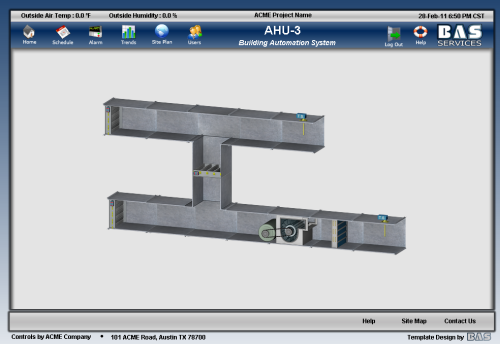 |
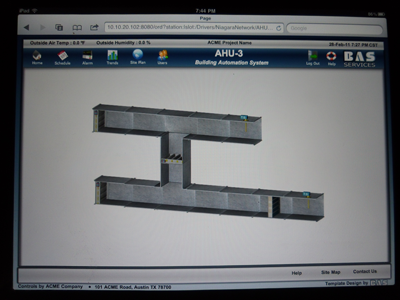 |
| Android (Evo) | 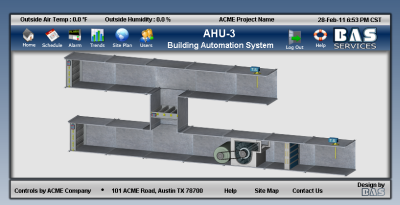 |
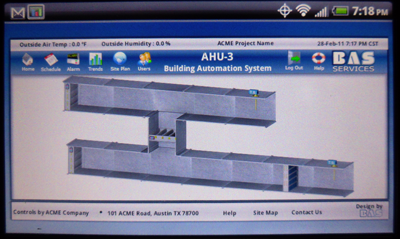 |
| Iphone 4 | 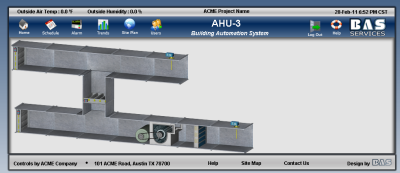 |
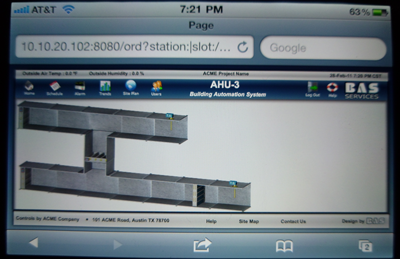 |
BAS systems are getting more complex every day, and with more complex
algorithms and sequences, this puts a burden on control contractors.
The effect of this burden is that it takes away from the time spent on
developing and implementing graphics. Due to this reason,
BASGraphics.com implemented the PxSnap™ feature that works on Niagara
Framework, which saves a tremendous amount of time. All graphic
components snap to the corresponding component, and snap distance can
be changed from the workbench property window as well. A complex AHU
can be built in less than 3 minutes with the PxSnap™ feature.
We’re happy to be offering these updates free to our valued customers.
| Sample graphics and modules | |
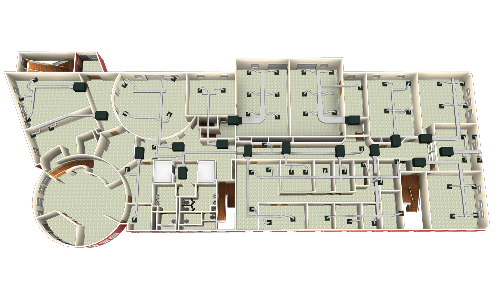 Image courtesy of BASGraphics.com |
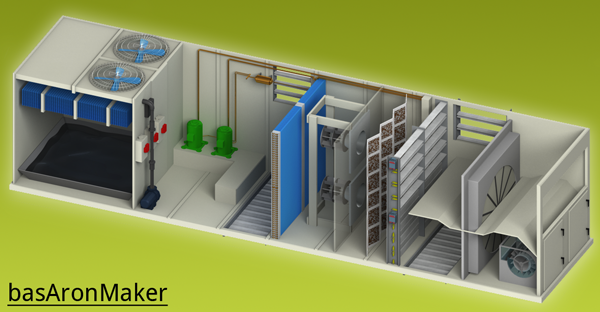 Image courtesy of BASGraphics.com Click here to watch the video |
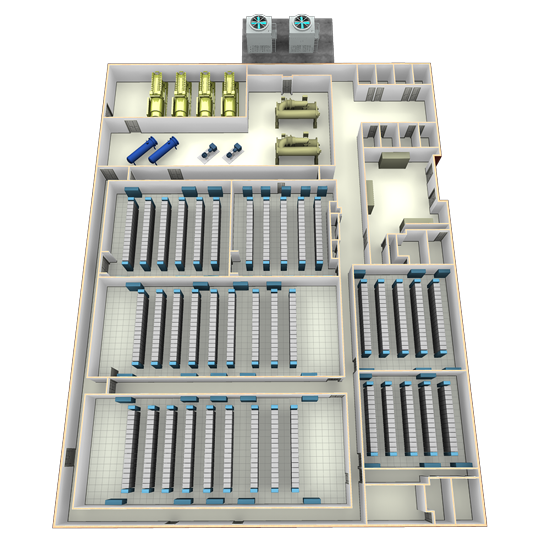 Image courtesy of BASGraphics.com |
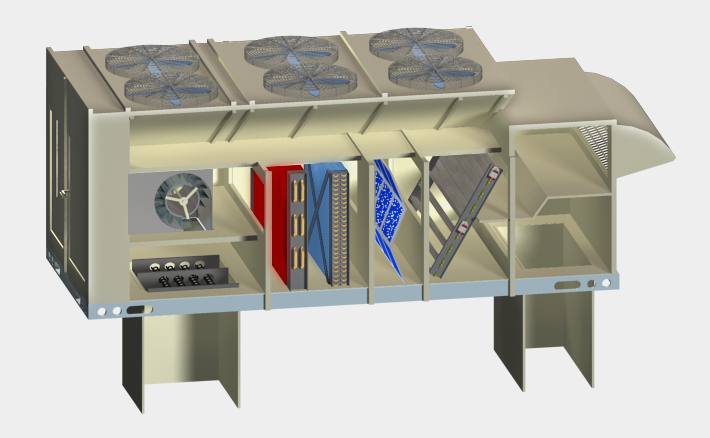 Image courtesy of BASGraphics.com |
Niagara Framework is trademark of Tridium, Inc.
SkySpark is trademark of SkyFoundry, Inc.
PxSnap™ technology is trademark of Gemini Integration.
About the Author
Alper Uzmezler, BAS Services & Graphics, LLC.
Alper is a systems and graphics designer specializing in Tridium
integration. He has been working in the building automation
industry for over 10 years. He started in Turkey working on
computer hardware, modeling 3d graphics. He has worked on systems
reaching from Guam to New York and all over the United States in
between.
[Home Page] [The Automator] [About] [Subscribe ] [Contact Us]